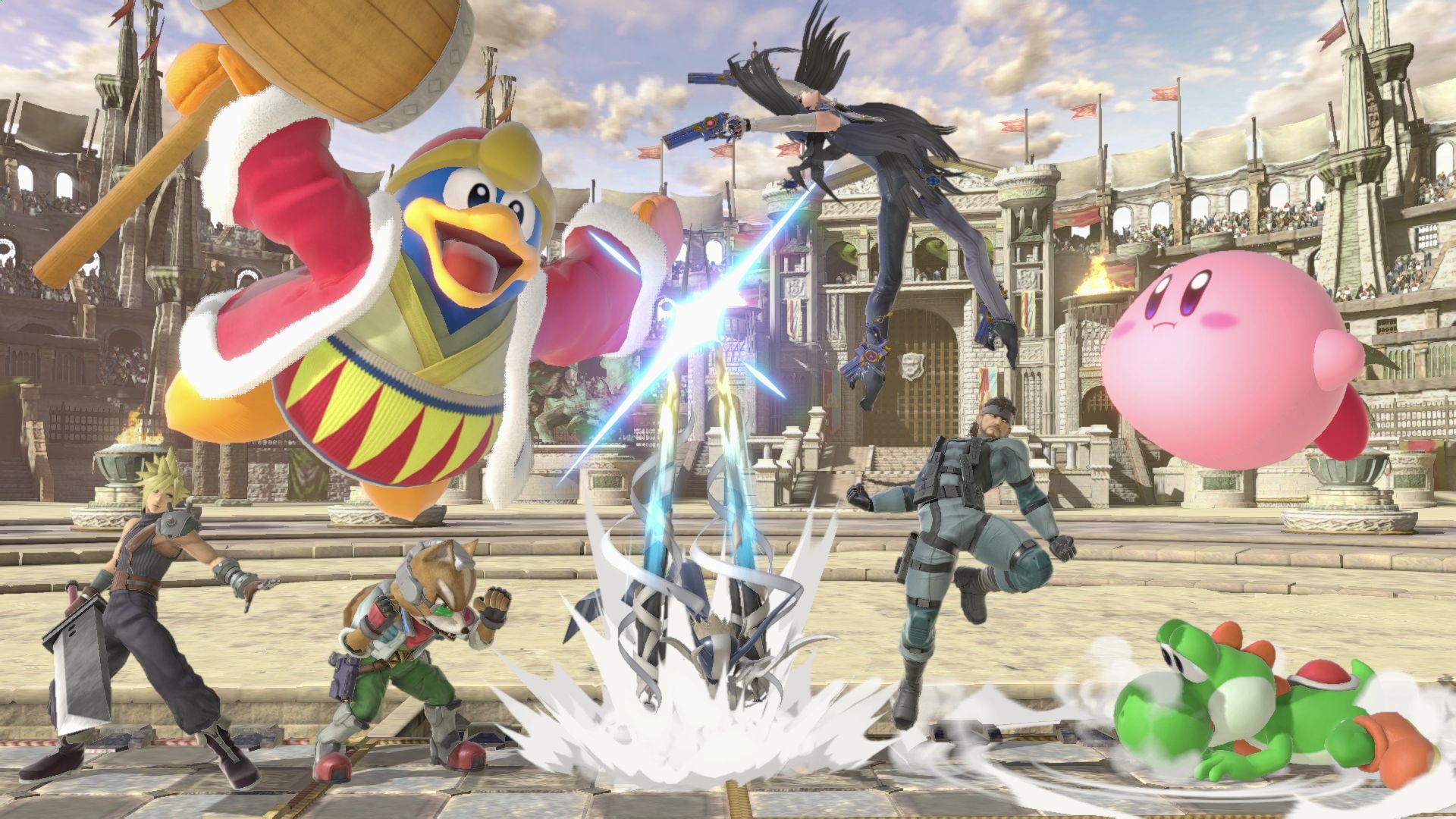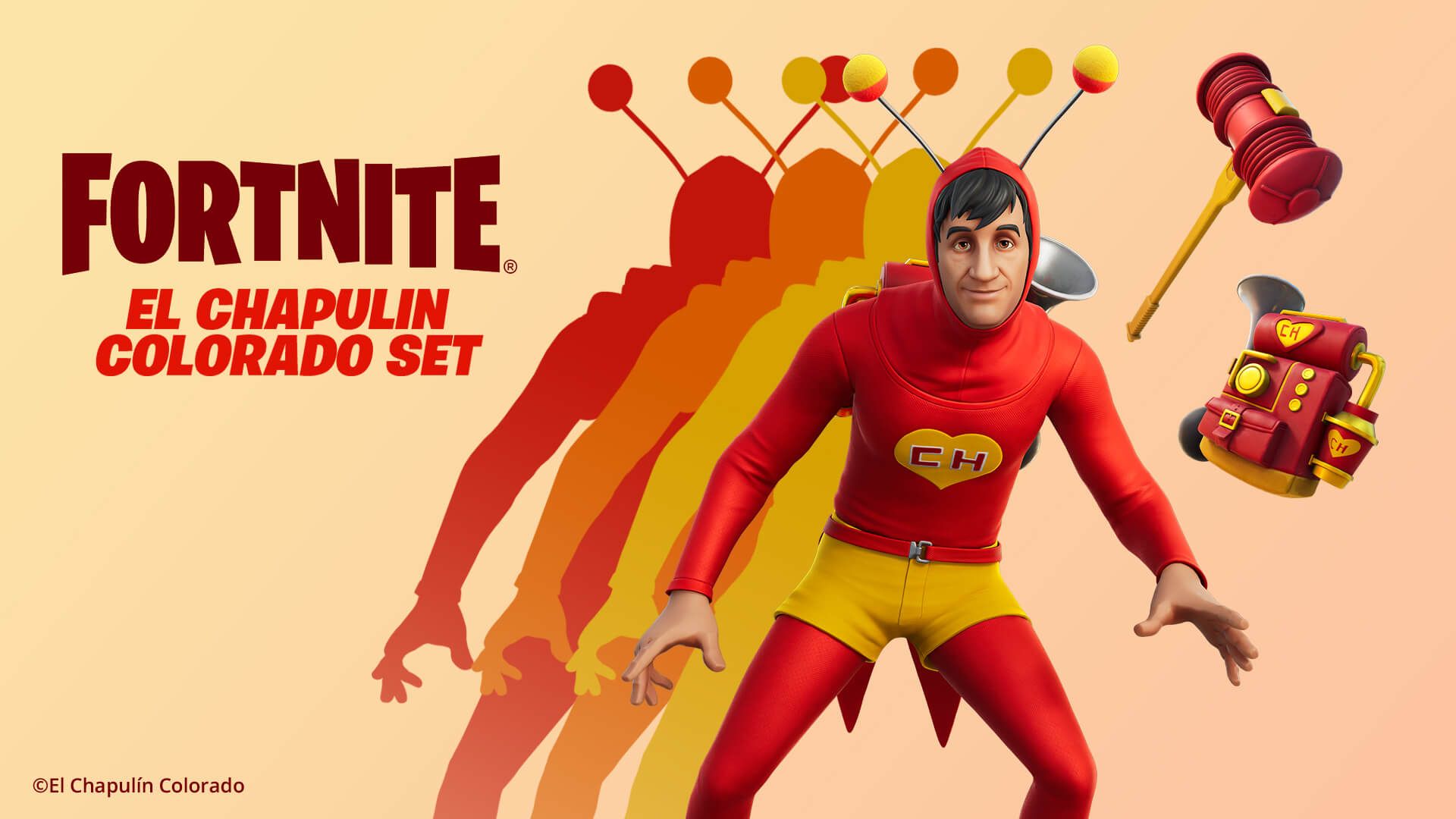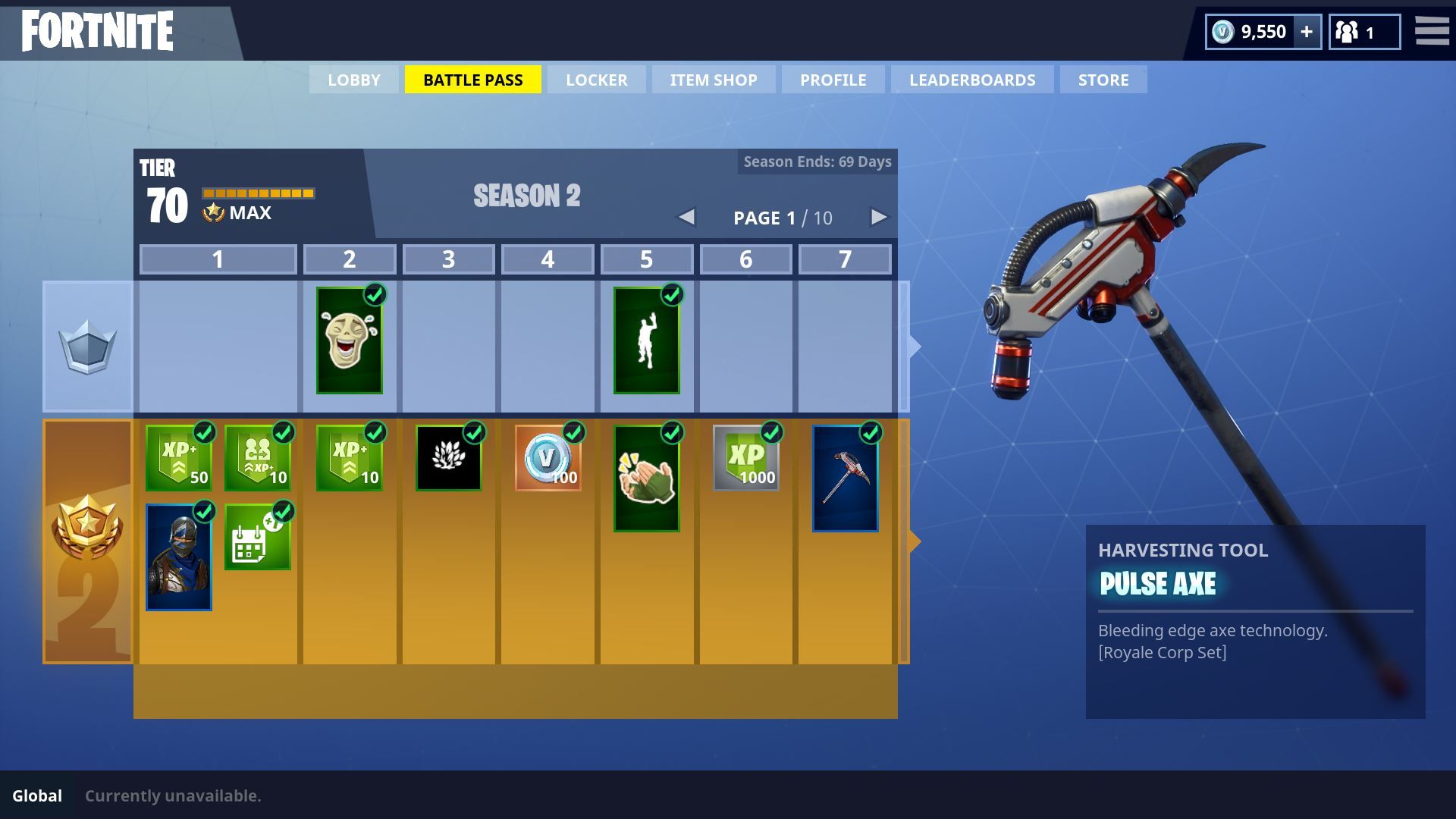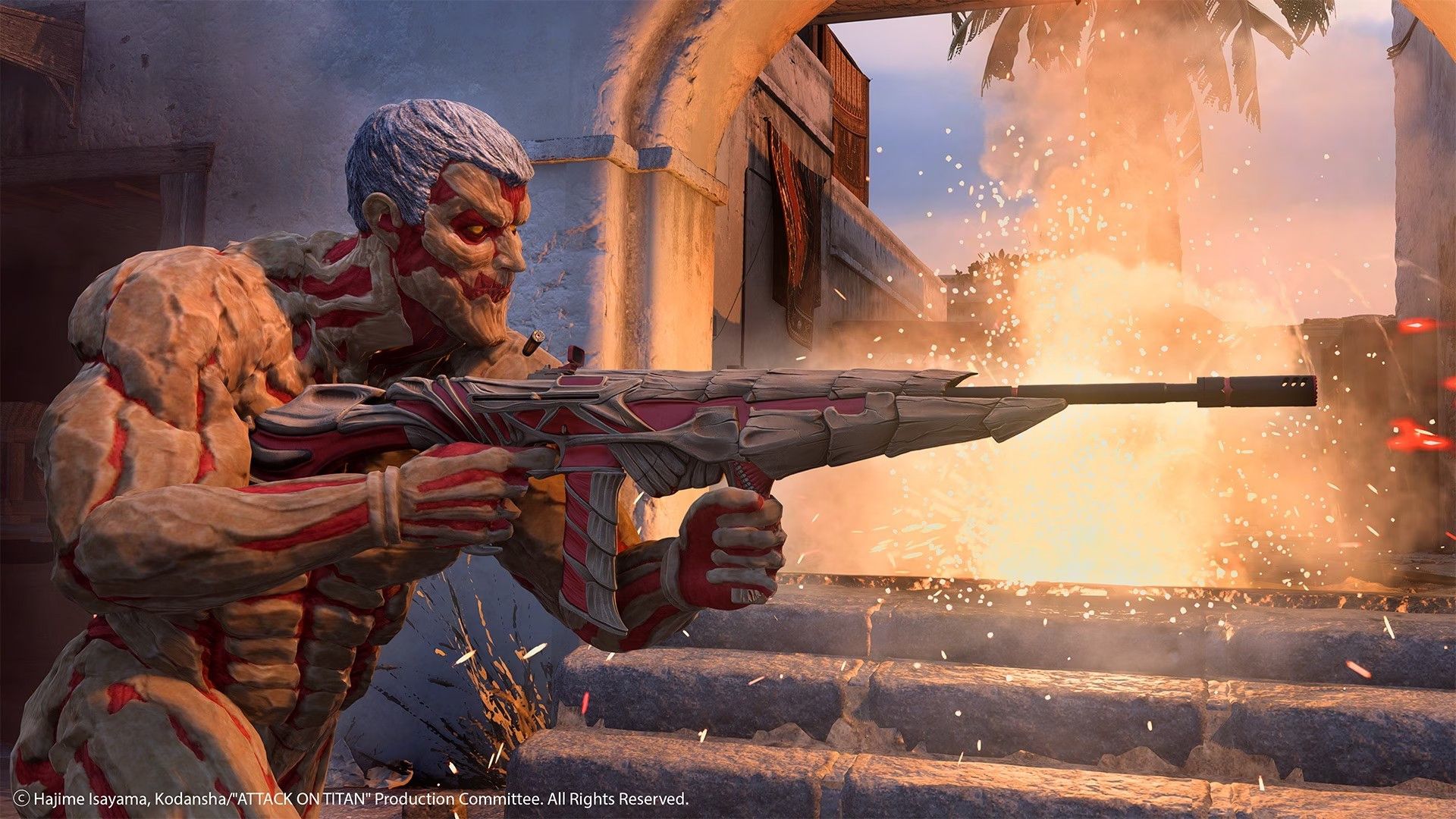
Video Game Crossovers are More Popular Than Ever, Here’s Why
Summary
-
Gaming crossovers are becoming more common due to their popularity and diverse appeal.
-
Crossovers help to promote new games, revive interest in old franchises, and engage players.
-
Visual identity is crucial in gaming, and crossovers can either enhance or disrupt a game’s aesthetic.
When Super Smash Bros. hit store shelves in 1999, there weren’t many games that let you see all your favorite characters in one place. Today, crossovers are a routine part of nearly every gaming genre. This sudden surge in crossovers isn’t just a sign of their popularity, but also the result of a much larger trend.
Crossovers Are Taking Over Gaming
Crossovers have been a part of gaming since the 80s, but there’s no denying that their current popularity was largely inspired by the Super Smash Bros. series. Although Nintendo’s iconic crossover fighting game wasn’t the first of its kind—SNK had already kick-started the crossover fighter genre with The King of Fighters ’94—Super Smash Bros. ultimately revealed the creative potential of crossovers with its chaotic four-player melees and unique hodgepodge of colorful characters.
Direct Smash Bros. clones like MultiVersus and PlayStation All-Stars Battle Royale feature similarly diverse rosters that place M-rated icons alongside colorful cartoon characters. These crossovers aren’t limited to fighting games; you can find similarly bizarre crossovers in almost any other genre, including racing games like Sonic & Sega All-Stars Racingaction-RPGs like Disney and Square Enix’s Kingdom Hearts series, and strategy games like the painfully underrated Project X Zone.
However, recent gaming crossovers have taken a different shape. Plenty of popular online multiplayer and mobile games feature limited-time crossover events, usually in the form of unlockable rewards or paid cosmetics. Not only does this help new and obscure franchises get involved in crossovers, but it also provides a chance for games to collaborate with practically anything.
Games like Fortnite and Dead By Daylight have hosted crossovers with comics, movies, other video games, and real-world celebrities. While Dead By Daylight‘s crossovers are mostly themed around horror franchises, it has expanded to other genres by featuring characters from Dungeons & Dragons and Attack on Titan.
Fortniteon the other hand, is seemingly open to any crossover. Its collaborations range from upcoming Marvel movies, clothing brands like Nike, and the 70s Mexican sitcom The Colorado Chapulín. No matter how odd some crossovers may seem, pretty much everything has a chance of appearing in Fortnite.
Fortnite wasn’t the first game to offer cosmetics through crossovers, but its eclectic mashup of recognizable brands and iconic franchises has inspired similar collaborations in countless other games. Gacha games, battle royale shooters, MMOs, and nearly every other online multiplayer game prominently feature crossovers. Even single-player games like Final Fantasy XV and Dave the Diver have hosted limited-time collaborations.
Crossovers are becoming increasingly common, to the point that they may be losing their luster. While it’s still fun to see your favorite franchises pop up in other games, it’s rarely as mind-blowing as the first time we saw Mario and Sonic appear on-screen together. Despite this, there’s more hype surrounding crossovers than ever before, and recent changes in gaming trends may have contributed to their skyrocketing popularity.
Crossovers have always been an easy way for new games to grab the attention of fans from other franchises. Soul Calibur II attracted The Legend of Zelda fans by prominently featuring Link on its GameCube box art. Similarly, Square Enix’s failed 3D fighting game, Ehrgeiz: God Bless the Ringis still widely remembered—though not always positively—due to its inclusion of characters from Final Fantasy VII.
Most video game crossovers are really just an effective marketing gimmick. Games like ambition and Soul Calibur rely on the brand recognition of more popular franchises to bring attention to their lesser-known releases. Other games have used crossovers to revive interest in niche and forgotten franchises, just as Super Smash Bros. helped revitalize series like Fire Emblem and Kid Icarus. In rare cases, crossovers may exist to advertise future releases, such as PlayStation All-Stars Battle Royale‘s inclusion of characters and stages from the then-upcoming Bioshock Infinite and DmC: Devil May Cry.
Crossovers are still frequently used as a form of cross-promotion, but newer games are much more dependent on these company collaborations than you may realize. Apart from dedicated crossover games like MultiVersus and Super Smash Bros. Ultimatemost gaming crossovers are one-off events found in live-service games; games designed for long-term support through content updates, expansion packs, and battle passes.
Nothing is more important to the success of live-service games than their ability to retain players, and crossovers are an easy way to keep a playerbase engaged. Not only do these events entice fans to try new games, they also encourage lapsed players to return for new content. These crossovers are usually only available for a limited time, which is meant to push you to play as soon as possible. Many games use this fear of missing out—also known as FOMO—to not only hook you with crossovers, but also keep you playing with the promise of similar crossovers in the future.
Despite many crossovers being tied to predatory business practices, crossovers aren’t inherently bad. Crossover games like Super Smash Bros. and Project X Zone are celebrations of gaming history from creators with a clear respect for the series they feature. Whether it’s by creatively adapting another game’s mechanics into their own format or simply showing how characters from different franchises would interact, the best crossovers use their guest characters in creative and meaningful ways.
Some of the best crossovers can even serve as pseudo-sequels to other works. Final Fantasy XIV: Shadowbringers introduced a series of raids based on Nier: automaticwith an original story written by Nier‘s series creator Yoko Taro. The Castlevania series hasn’t received a new game in over a decade, but it has recently made an unexpected resurgence with the Castlevania-themed expansions to Dead Cells and Vampire Survivors.
Crossovers Are Creating an Identity Crisis
As much as I love crossovers, I won’t deny that I’m getting sick of seeing them in every game. Although there are plenty of fantastic crossovers, most only exist to sell overpriced cosmetics. The problems aren’t just limited to monetization, either, as some crossovers have a negative impact on a game’s visual identity.
The visual identity of a game isn’t something you usually think about, but it can leave a strong impression when designed with care. Visual identity is simply another term for a game’s aesthetic, or the distinctive style and tone that its art direction evokes. A consistent visual identity allows games to unify different environments and character designs under a clearly defined aesthetic.
However, the inclusion of characters from other series can clash with a game’s visual identity. Differences in a character’s original art style or the theme of their design can cause them to seem out of place in another game. When one game features too many clashing designs, it can struggle to define itself with a clear visual identity.
Games like Fortnite and Call of Duty: Warzone feature an extensive list of guest characters, but they do very little to establish any visual cohesion between their many differing designs and art styles. Fortnite tries to redesign characters to fit its colorful and cartoonish aesthetic, and it usually succeeds.
However, the game’s combination of video game characters, real-world celebrities, and cartoon characters that kept their original art styles don’t always mesh. The inconsistent visual styles of each character can make Fortnite‘s crossovers seem like a glorified advertisement rather than a proper celebration of its various characters.
Call of Duty: Warzone is arguably even worse at maintaining a cohesive visual identity. Warzone‘s photorealistic graphics work well for guest characters based on real-world celebrities and live-action media, but the same can’t be said for any of its crossovers with animated works. The guest characters and costumes from these collaborations are uncanny at best and resemble terrible Halloween costumes at worst—and the less said about Warzone‘s Attack on Titan collaboration, the better.
Crossovers don’t always hurt a game’s visual identity, and some can even blend into a game’s established art style. Street Fighter 6 added Terry Bogard and Mai Shiranui from the Fatal Fury franchise, and their designs fit perfectly with the cast’s casual streetwear and martial arts attire. Even Tekken 8‘s inclusion of Clive Rosfield from Final Fantasy XVI doesn’t seem too strange for its roster, especially since the Tekken series is home to other characters with equally fantastical designs.
More importantly, crossovers should only be included if they improve a game, or at least make it more appealing. That may sound obvious, but it’s a lesson that even recent games have failed to follow. The upcoming Fatal Fury: City of the Wolves announced its roster will feature two real-world celebrities—professional footballer Cristiano Ronaldo and DJ Salvatore Ganacci—as playable fighters, much to the confusion of longtime Fatal Fury fans.
While these additions to the roster may appeal to fans of Ganacci and Ronaldo (I would have preferred Messi), many Fatal Fury players wanted to see more characters from the series’ history rather than these bizarre guest characters. The inclusion of real-world celebrities on the roster feels like a waste of two character slots that could have been used for fan-favorite fighters from previous Fatal Fury games.
The easiest way for more games to avoid these problems is by choosing crossovers that make sense. Series that share similar fanbases or belong to the same genre would understandably fit perfectly together. It’s no surprise that Street Fighter players enjoy seeing characters from other 2D fighters like Fatal Furyor that Mortal Kombat fans also enjoy playing as iconic villains from gore-filled horror films.
When crossovers are treated like a grab bag of randomly selected licensed characters—as they are in Fortnite and Warzone—they lose the creativity and charm that makes crossovers so appealing.
The wave of constant gaming crossovers likely won’t be stopping anytime soon, but they could benefit from slowing down. Most gaming crossovers treat licensed properties like cheap promotional tools. Simply having a list of popular characters from different franchises isn’t exciting on its own.
It’s only when those characters can properly interact with another setting, either through unique gameplay or dialogue, that crossovers can showcase exactly what makes them special.






